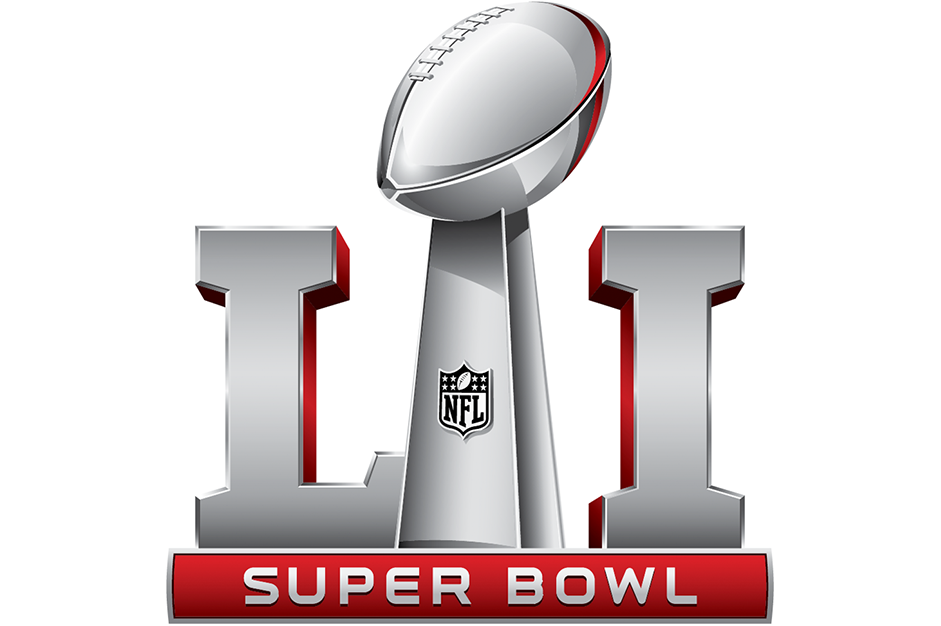Stakes are high and costs considerable when companies consider purchasing a 30-second spot during the Super Bowl. Super Bowl ads can make or break a brand.
A marketing column wouldn’t be a marketing column without commenting on the ultimate arena for advertising: the Super Bowl.
Ultimate indeed. No game is bigger. Advertisers simply cannot find a bigger audience than the one glued to the Super Bowl.
Over the past five decades, the day of the big game day has grown to nearly national holiday status. The broadcast is an economic engine without peer. It is a revenue-generator for the network, for sure, but also is big business for the deep-pocket advertisers who pin their annual campaigns’ success or failure on how well they execute during their 30 seconds of fame.
The fortunes of those who sell beer, automobiles, snacks and much more hinge on nailing their Super Bowl ads.
Super Bowl Advertising: High stakes and cost
Advertising on the Super Bowl broadcast requires a strong stomach. Managers who persuade their bosses to buy Super Bowl time are betting millions of their employers’ dollars that they will move the needle.
According to Advertising Age (and adjusted for inflation), $6.3 billion has been spent on advertising during Super Bowl games over 51 years. A 30-second commercial this year will cost north of $5 million. That’s more than $166,667 per second. For Super Bowl I in 1967, spots went for about $37,000.
Fox is close to selling out its ad inventory, but is keeping a few slots for advertisers that want to jump in once they learned which teams will be playing.
Super Bowl LI will kick off at NRG Stadium in Houston on Feb. 5 on Fox. The Pepsi Super Bowl halftime show will be headlined by Lady Gaga.
With so much hoopla, the game is expected to be watched by about 115 million people in the United States and close to 1 billion worldwide. The numbers suggest the broadcast transcends football fandom. Many viewers are as interested in the commercials as we are the big game — maybe even more so.
The Super Bowl gets bigger every year, but growth is not a recent phenomenon.
Of the top 20 U.S. television broadcasts by viewership, only one program was not a Super Bowl game. That was the 1983 series finale of M*A*S*H.
Not only does the game have a huge number of viewers, it has a diverse audience spanning age groups and many demographics. Women account for 40 percent of viewers.
So it is plain to see how much is at stake when a company decides to run a Super Bowl spot. The easy part was finding the money. Then it’s time to strategize, get creative and produce the spot itself.
Notice I listed “strategize” first among the tasks. It’s first because it’s the most important task. Never, in the history of advertising, has a great spot sprung from anything other than a solid strategy.
The strategy must be driven by the brand’s unique difference — its position. No amount of singing chimps or prancing stallions can save a spot founded on a bad (or no) strategy. Those that are ill-founded might be funny or sentimental, but they always fail in their most important mission: leaving the right impression in the minds of the viewers.
We have a term we use in our shop here in Canton. We talk about “advertising responsibly.” It means communicating the product’s or service’s unique difference — what sets it apart from the competition — in a manner that is meaningful and motivational for the consumer.
Super Bowl ads that are not based on rock-solid strategy are doomed to fail and fall short of “advertising responsibly.”
They waste money — whether on the Super Bowl or on local media.



